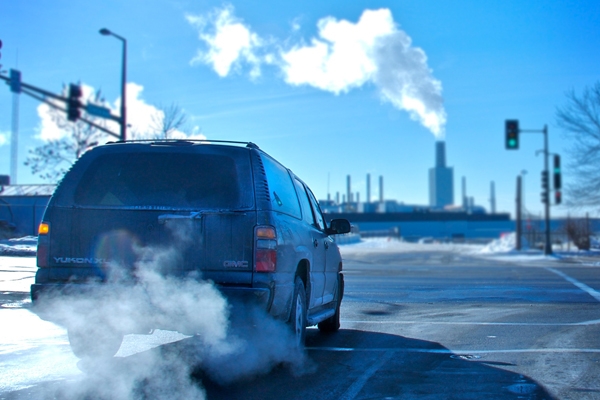Pollution is not equally distributed across Minnesota. For decades, heavily polluting industrial and manufacturing facilities have operated near homes, schools, and parks populated by Black people, Indigenous people, people of color, and low-income residents, causing disproportionate rates of health problems.
To address this problem, the Minnesota Legislature in 2023 asked the MPCA to consider the cumulative impacts of air pollution on those disproportionately affected Minnesotans during the permitting process for some new and existing facilities. The new law only applies to facilities in or within one mile of environmental justice areas in the Twin Cities metro area and the cities of Rochester and Duluth.

Cumulative impacts analysis
During the permitting process for a facility, the MPCA will determine whether to require an analysis for cumulative impacts. A cumulative impacts analysis provides a comprehensive look at past and current pollution burdens that affect a community or neighborhood.

Cumulative impacts rulemaking
For many neighborhoods and communities in Minnesota, decades-old permitting and zoning decisions by local, state, and federal governments have resulted in heavily polluting industrial and manufacturing facilities located near homes, schools, and parks. The MPCA has begun work to implement a new groundbreaking law to remedy Minnesotans’ disproportionate exposure to pollutants. The law defines environmental justice areas and requires the MPCA to conduct a rulemaking process to address the cumulative impacts of pollution during permitting processes.

Environmental justice areas
With the cumulative impacts law, the Legislature defined an environmental justice area in Minnesota for the first time. These areas are the focal points for developing Minnesota’s cumulative impact analysis criteria and processes for some air permit decisions.
